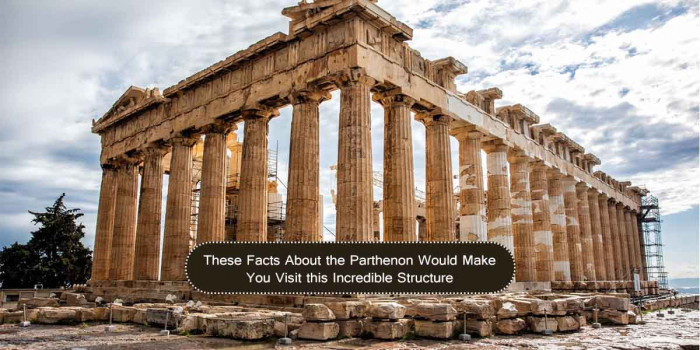10 Remarkable Romanesque Architectures That Inspired Modern Sculpture
Romanesque architecture describes the buildings which flourished during the Medieval Era. It was influenced by Roman architecture, Islamic art, and Byzantine art.
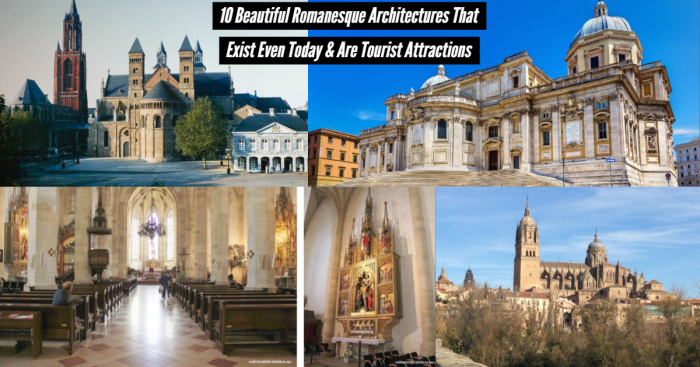
Romanesque architecture, the name, implies the architecture inspired by Roman architecture. It describes the European architecture that emerged in the late tenth century and evolved into Gothic architecture during the 12th century. The term Romanesque was introduced by Charles-Alexis-Adrien de Greville in 1818 to describe the form of architecture and art that preceded Gothic.
Combining the features of Byzantine buildings and ancient Roman, Romanesque architecture is well known for its round arches, decorative arcading, thick walls, and sturdy pillars. Most buildings that are constructed based on Noman architecture have symmetrical plans. Romanesque architecture can be identified across entire Europe. The number of castles during that period were more than churches. A few of them are still standing but are not used frequently.
Earlier it was believed that the ancient people were backward and simple. But this is not true. There are architecture, well-engineered highways, and other things that we owe to Romans. Know about some significant contributions by Romans to the modern world. From the 5th to10th century, several churches were built using Romanesque architecture.
Romanesque Architecture - First Romanesque and Romanesque Style
Romanesque architecture is divided into Romanesque style and First Romanesque.
The First Romanesque style was developed in Italy, and the Iberian Peninsula in the 10th century. It is also known as the Lombard Romanesque style. It is identified by the presence of rhythmic ornamental arches that are called Lombard bands.
The Romanesque style is characterized by the increased use of dressed stone and a more refined style. Check out a few amazing works of Romanesque architecture below.
1. Notre Dame de Tournai - Belgium
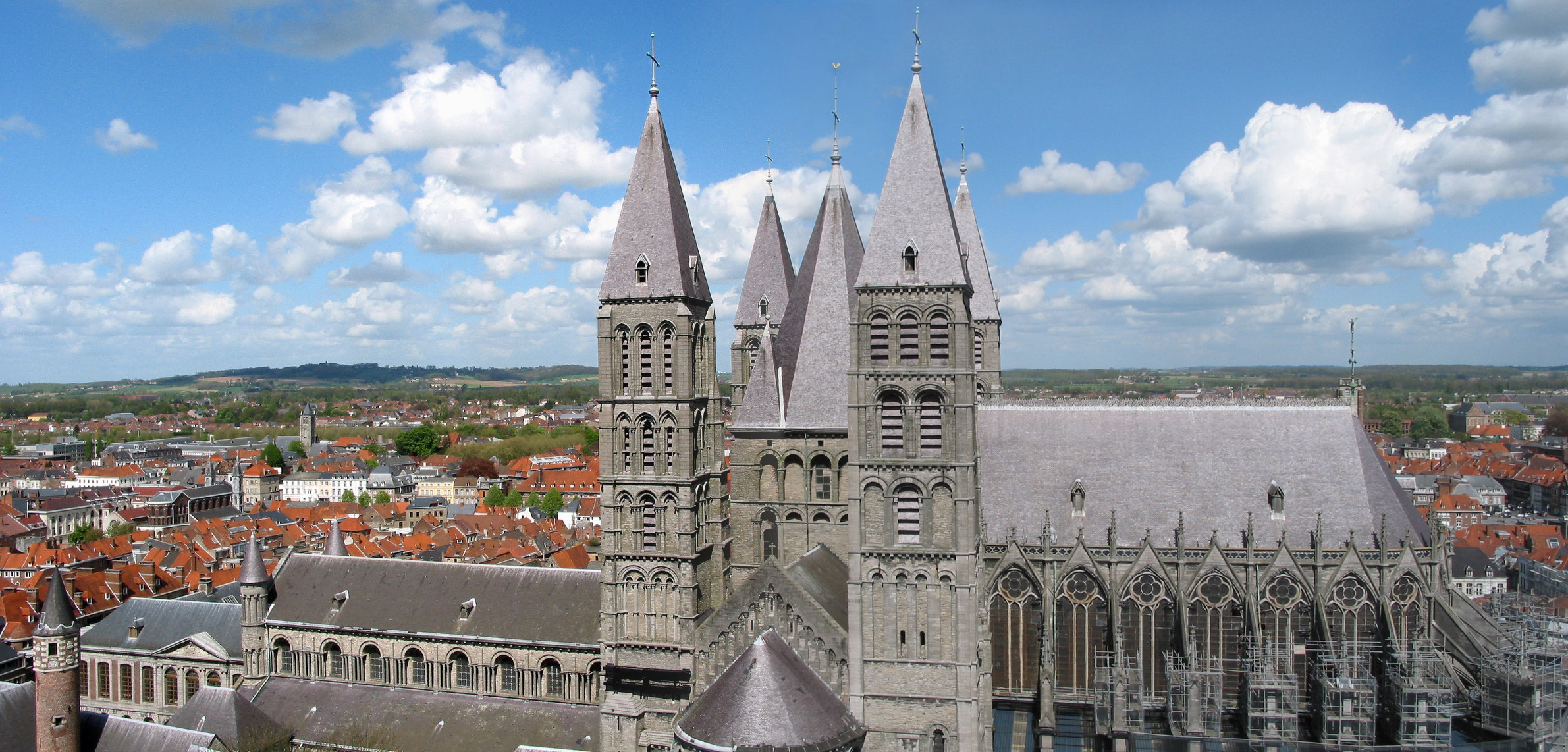
Notre Dame de Tournai in Belgium is one of the landmarks that have been declared as World Heritage sites. It is a rare piece that combines three periods of architectural influence- The Gothic, Romanesque, and The Transitional. This Romanesque Architecture is a gem of the medieval period and has been titled as a World Heritage site and Wallonia’s major heritage.
The site was completed in 1700 and featured the character of the Romanesque with its semicircular arcs. It was during WWII, some of the cathedral buildings got damaged. The cathedral remains open for visitors from April to October. On weekdays, you can visit the site from 9 am to 6 pm and during holidays from 10-12 am and 2-6 pm. In winter, it is open from November to March from 9 am to 5 pm.
2. Church of St. Trophime, Arles, France
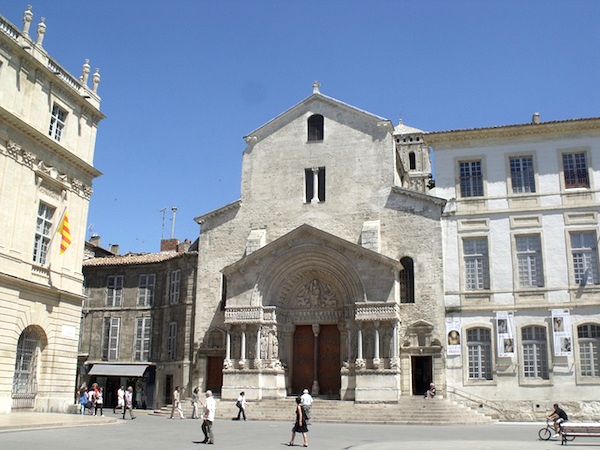
Church of St. Trophime was built between the 12th and 15th centuries. It is a very beautiful pilgrimage site and is one of the best examples of Romanesque architecture. Dedicated to St. Trophimus, first Bishop of Arles, it served for long as a cathedral and was the location for several events such as coronations (ceremony of crowning a sovereign's consort) King of Burgundy and King of Arles.
This beautiful architecture has undergone renovation several times, and the original furnishings were demolished during the Revolution. Church of St. Trophime is a prominent ensemble of French sculpture and reflects the artistic and religious significance of Arls.
The 17th-century Statue of Our Lady of Grace is worth noting at a site. This marble statue of Madonna and Child was created by sculptor Leonardo Mirano. Another notable structure is of Ancient Sarcophagi. It stands along the north wall and features partially damaged figures.
In 2012, after the completion of document work, on the exterior, the east and north gallery elevations were restored. Inside the gallery, the stone works were cleaned and restored.
3. Basilica of Saint Servatius, Netherlands
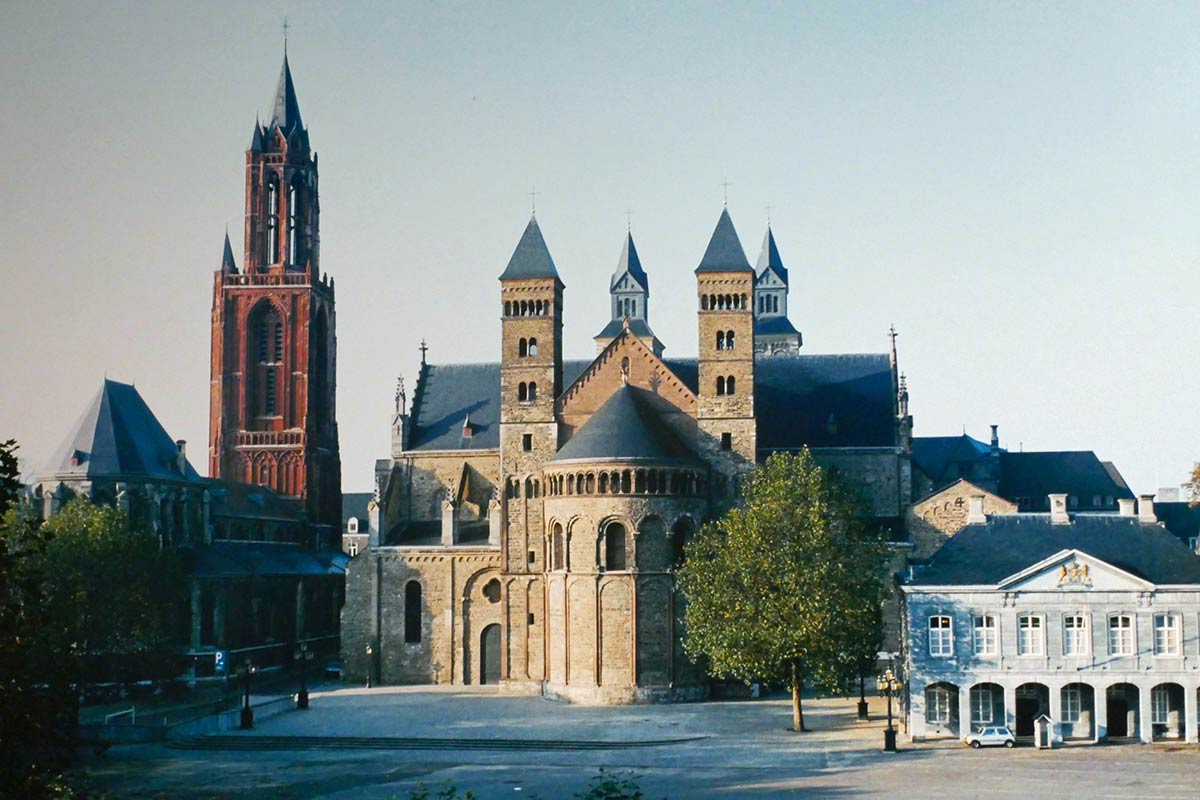
The Basilica of Saint Servatius in the Netherlands is dedicated to Saint Servatius. He was an Armenian missionary who was buried in Maastricht in 384. Over the years, the church underwent many changes. The present building is a mix of several architectural styles.
In the 17th century, the rod screen of the life of Servatius was destroyed. By the 18th century, the church was painted white, and glass windows were replaced by colorless glass. In 1846, a few panels of Saint Servatius were sold to a dealer and then added to the Royal Museums of Art and History in Brussels. The old church was replaced by a church in the 7th century, which was later replaced by the current structure after several modifications.
The exterior and interior of this Romanesque architecture contain architectural sculpture that is considered the most beautiful and amazing piece in the Mosan region. The mortal remains of the Saint are kept in the box and displayed in the Treasury of Saint Servatius Church.
The site is a perfect location for holidaying. After visiting the church, you can enjoy drinks and beautiful views at several hotels at a nearby location.
4. Gniezno Doors, Poland
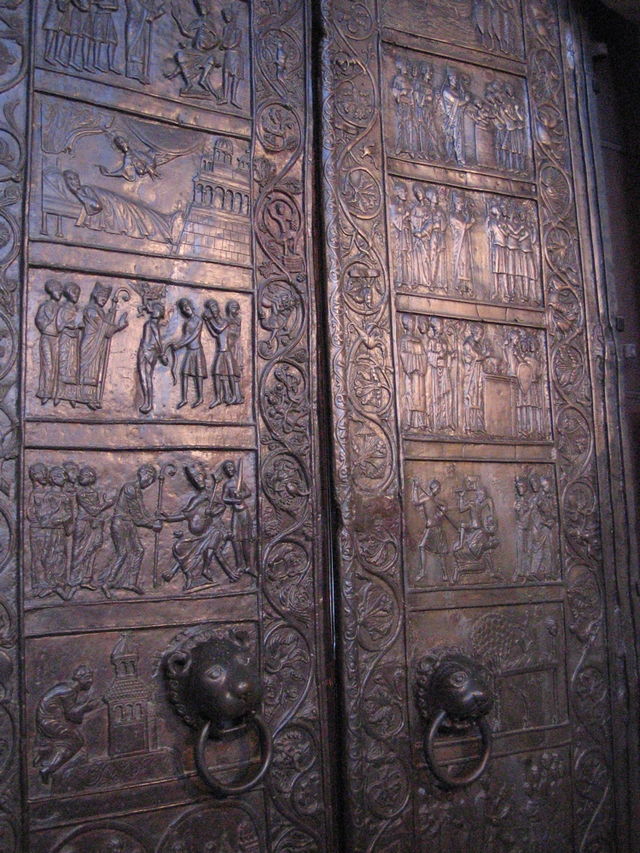
These famous doors have attracted art historians and tourists since the 18th century. The doors feature 18 panels. Each of the panels is engraved with scenes from the life of St. Adalbert of Prague. The left door exhibits his early life, and the right door describes his missionary activities.
The story starts from its birth from the left and then goes upwards. It features the baptism of Adalbert. He was then sent to the monastery in Magdeburg. The right door going downwards describes the baptism of Prussians, Adalbert celebrating his holy mass, his martyrdom, and when his body was moved from Prussia to Gniezno.
Unfortunately, the name of the creators of this door is vanished now. Damage blurred the names of the craftsmen. However, studies suggest that at least three men designed the door. The left door is 84 cm wide and 328 cm high, and the right door is 83 cm wide and 323 high. The only door that can be compared with Gniezno door was made in Magdeburg in about 1150 for the Plock cathedral.
5. St Martin’s Cathedral, Bratislava
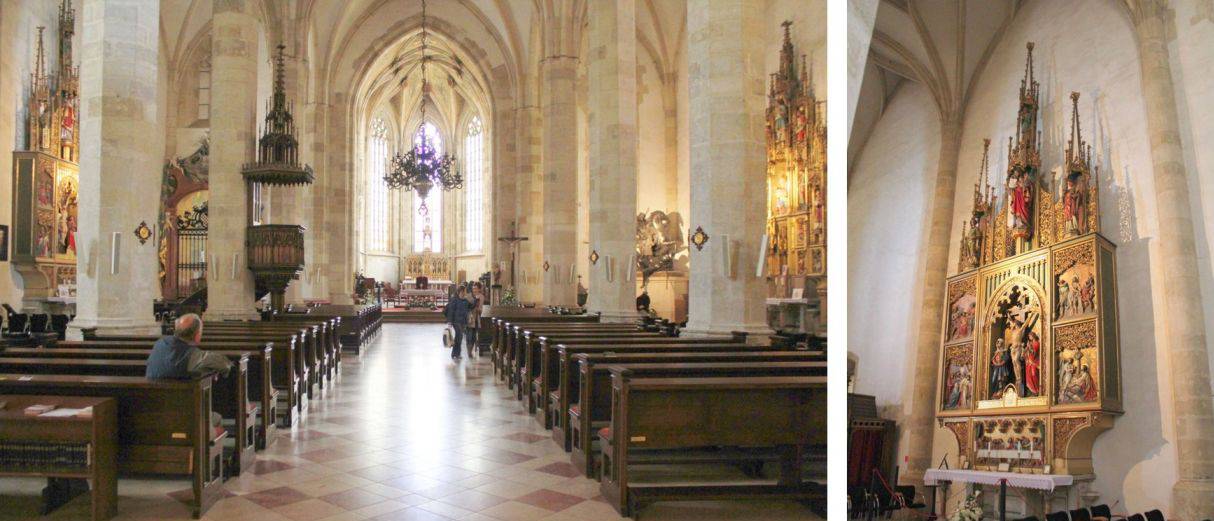
St Martin’s Cathedral in Bratislava is one of the oldest churches in the town and is known for being the coronation church of the Kingdom of Hungary. The interior of the site is 16.02 meters high and 22.85 meters wide and features a divided portal and a relief of Holy Trinity.
It is the most important Gothic building in Slovakia’s capital and was built during the 13 and 14th centuries. It features the picturesque remains of outbuildings, working seminary on cobblestone sidestreet.
Long before, when the church was constructed, there was a market and a chapel. Inside the church lie the marble tombstones of the Zapolsky Family and paintings describing the coronation of Charles Robert of Anjou.
If you ever plan to visit Bratislava, do not miss visiting St Martin’s Cathedral. It is the second most popular tourist attraction in the town.
6. Lund Cathedral, Scania, Sweden
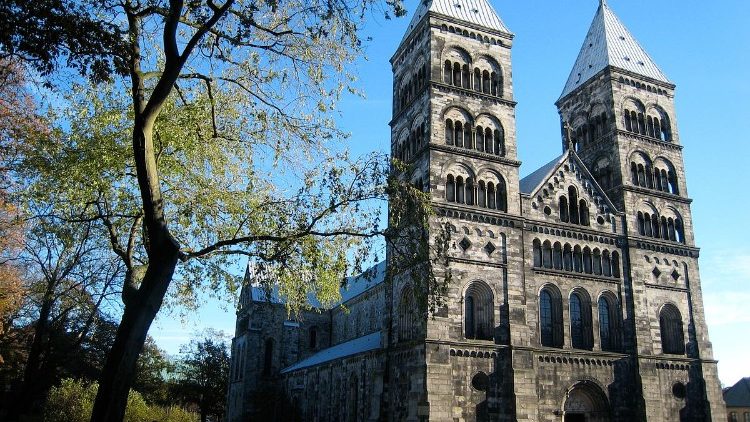
Lund Cathedral is the center of attention of the city Lund. It features impressive work of medieval architecture and is also the oldest church in Scandinavia. It was built in 1104 as a Romanesque basilica with two lower side aisles. It was in 1234 when the site got damaged by fire. Most of the renovation was done during the 16th century, but it lasted until the 19th century, and then the church was restored.
The astronomical clock near the main entrance is the attraction of the site. It was created around 1425 and even displays the zodiac signs, moon phases, and dates over 200 years. Its construction is the best example of Romanesque architecture with tall stone arches adorning its front.
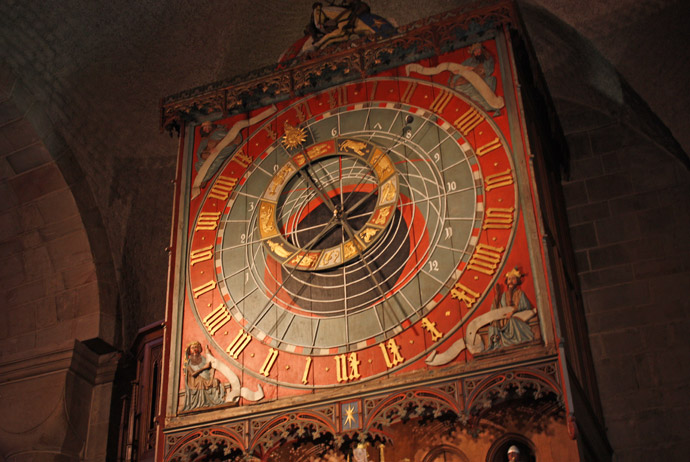
Come at 12 and 3 pm, and you will be entertained by the medieval jubilee in Dulci Jubilo and a procession of three kings describing the medieval continents. The exterior of the Lund cathedral is impressive, and its interiors are awesome.
It played an important role in Denmark’s history as it was the place for meetings between nobility and kings. Located in the middle of Lund, the place is free to visit and is very near to top restaurants and cafes. It is dark and has a few small windows to allow sunshine.
7. Durham Cathedral, England
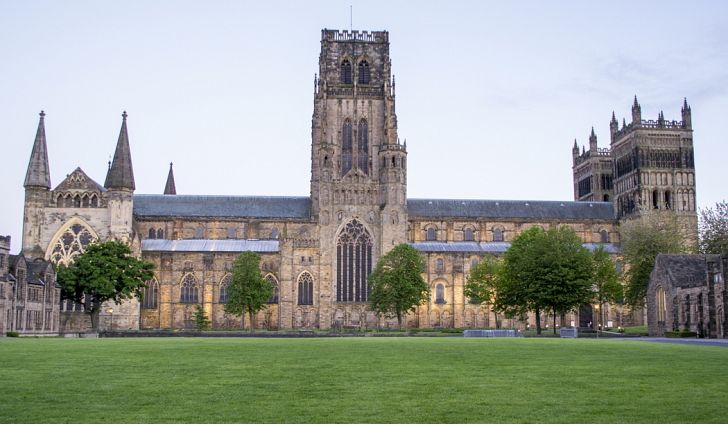
Durham Cathedral, or Blessed Mary the Virgin, or commonly identified as the Cathedral Church of Christ, is located in the city of Durham, England. The site features a thousand years of the social, political, and religious history of the British. Durham Cathedral was constructed between 1133 in the Romanesque style. It is well known for its Romanesque architecture and was designated as a UNESCO World Heritage Site with Durham castle.
The construction of the site was started in 1093 by Bishop William of St Calais. The cathedral has been in use since its first construction. It is a place of worship, tourist attraction, and holds over 1500 services a year. The new construction of the place features the towering sandstone pillars and stunning wall paintings. Also, don’t miss the medieval Cloister, which was shown in two Harry Potter films.
8. New Cathedral of Salamanca
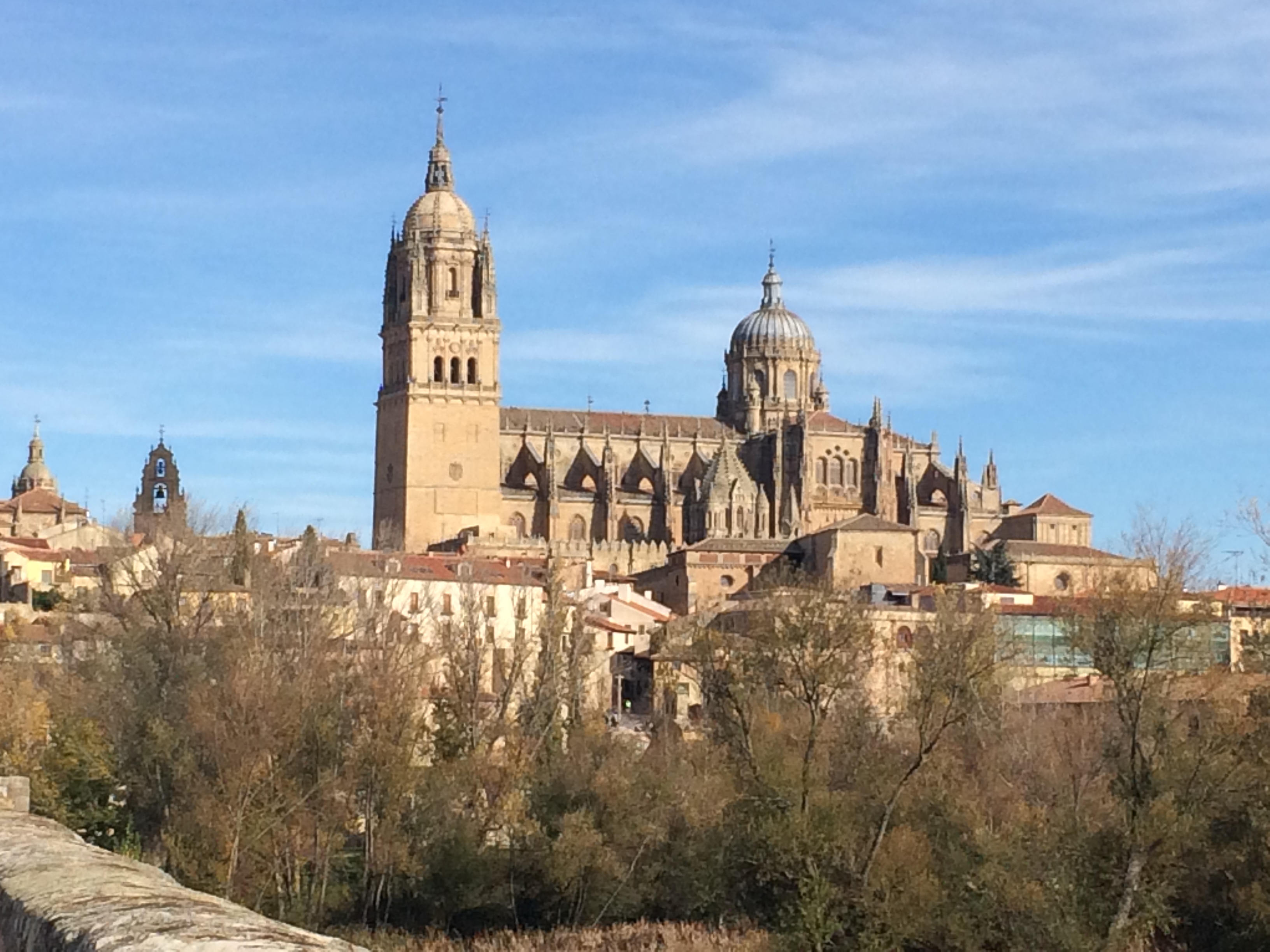
The Cathedral of Salamanca has unique carvings, but its most unusual carving is of astronauts. Besides unique carvings on the facade, an astronaut with breathing apparatus and tubes attached on his back are the center of attention.
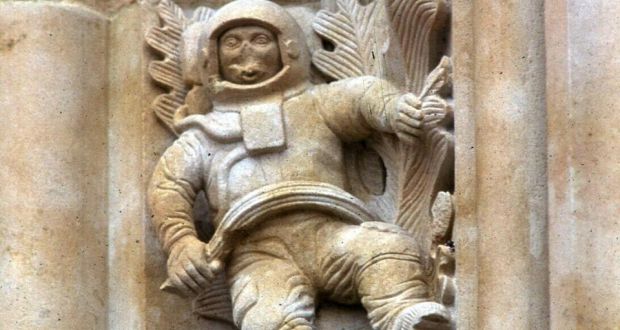
The astronaut was carved during restoration in 1992. The old Salamanca was built in the 15th century and was designed according to the Romanesque architectural style. The site was rebuilt in the 17th century, but the style became old, so it was changed into the Gothic style. However, you can still see the Romanesque style through its transept and tower. It is the only church that has this kind of modern art engraved.
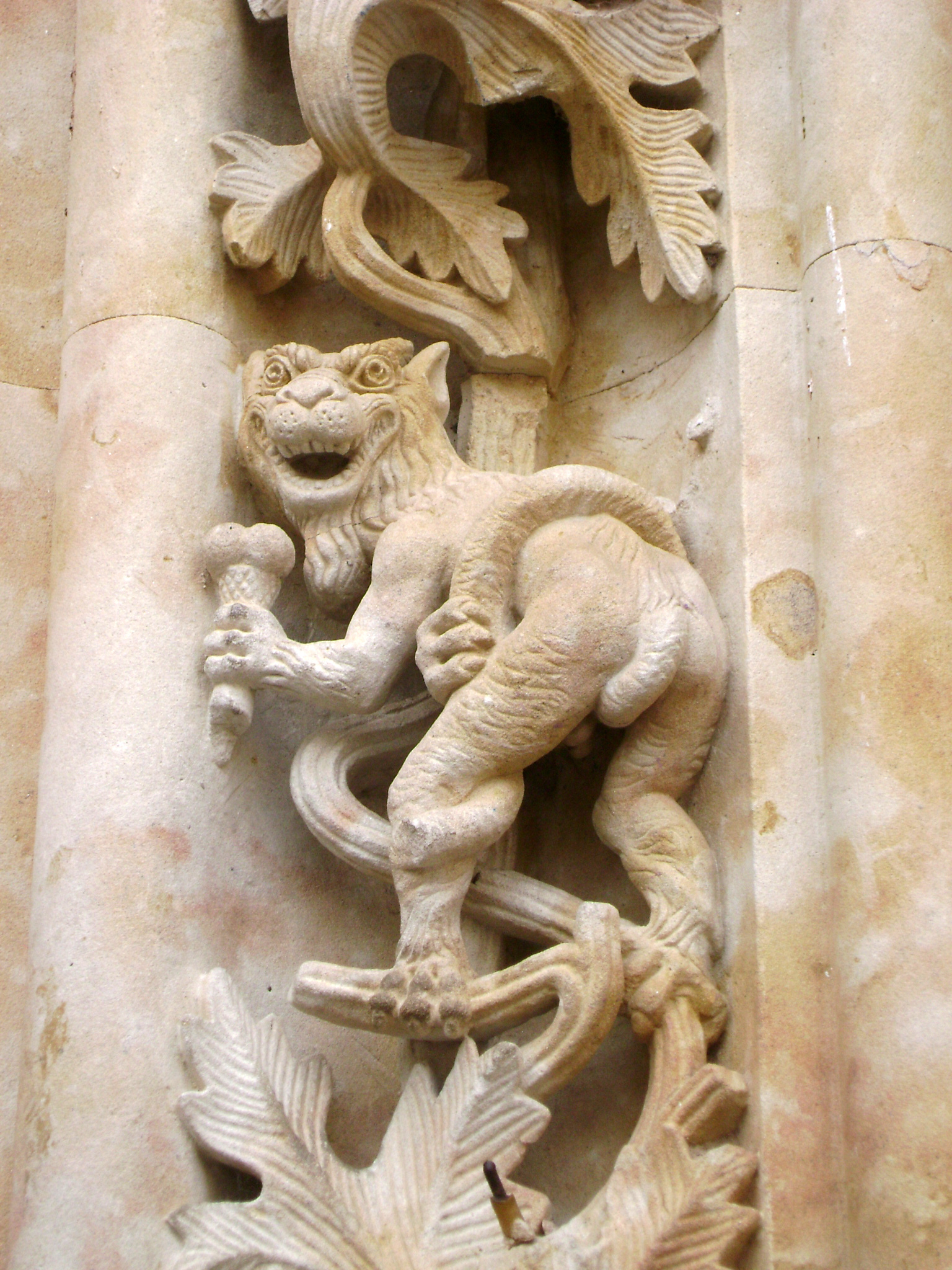
Besides and astronaut, the Cathedral of Salamanca has a dragon engraved eating ice cream. The point is that ice cream cones were not invented until the 20th century. Read the mystery of astronaut and modern figures from the cathedral of the 16th century.
9. Basilica de Santa Maria Maggiore, Italy
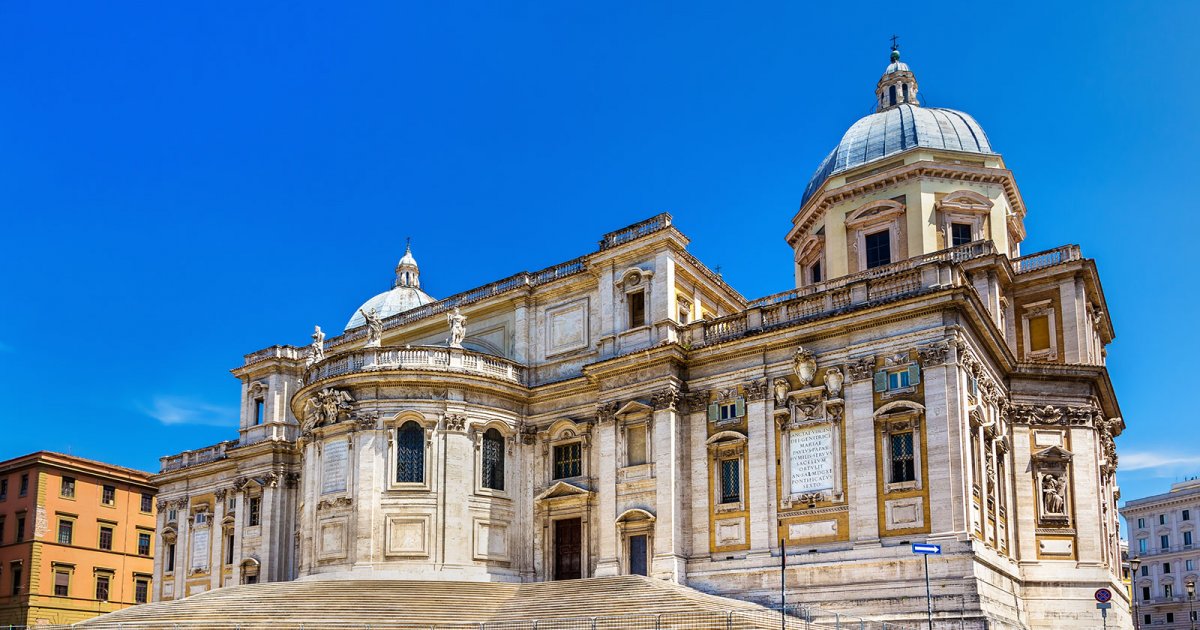
Santa Maria Maggiore is the largest Catholic Marian church in Rome. Over the years, the site had many different names like Santa Maria Liberia, Saint Mary of the Snow, and it was finally renamed as Santa Maria Maggiore.
The basilica shows different architectural styles like Baroque and Christian. The ceiling of the site is the original wood from the 15th century and is covered in gold. You can’t miss a piece of Jesus crib that was brought from Bethlehem in the 7th century.
The interior of Santa Maria preserves its Early Christian form, which was important in Rome in the 5th century. It is a complex structure and represents the period between the 5th and 13th centuries. The church retains the original structure, however additional constructions are being made after the earthquake in 1348.
The mosaics found in this church are the oldest representations of the Virgin Mary in Christian Late Antiquity. The mosaics represent the insights of religious, artistic, and social movements during this time.
10. San Nicola di Trullas, Italy
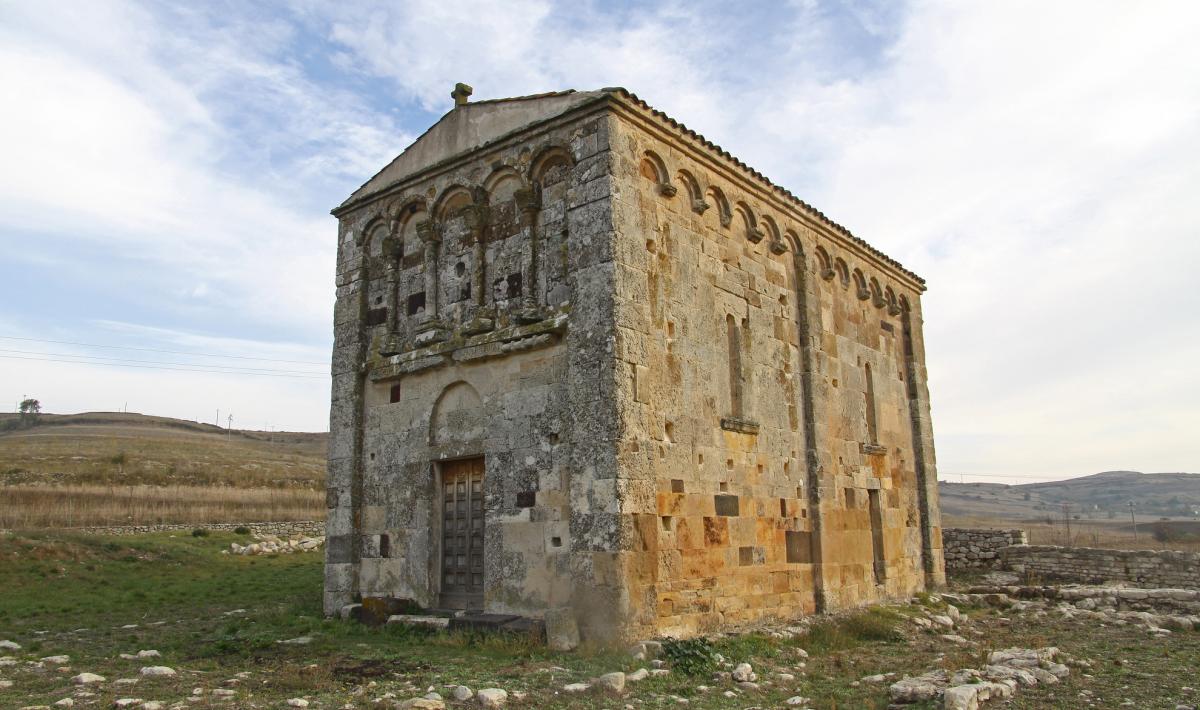
It is one of the most amazing buildings with Romanesque architecture in Italy. The church of San Nicola de Trullas was built by the Athen family and donated to the Camaldolese monks. Along with the beauty of architectural forms, there is a fresco that decorates its interior beautifully.
It is an example of Pisan-Lombardy Romanesque architecture. The facade of the church is divided into two parts. The lower part shows the architrave portal, whereas, the upper part shows the small arches on columns that create a false loggia.
Final Words
No doubt, these Romanesque architectures have fascinated a lot of people from around the world. The interiors and exteriors of these churches are unique in their way and would never be created again. But several churches have weird interiors that can give goosebumps and also hold some secrets. Would you ever dare to visit them?
These were the best examples of Romanesque architecture turned into tourist attractions. Check a few extraordinary examples of French Baroque architecture, which became the striking style of the 17th century.
Have you ever visited any of these Romanesque architectures? If so, how was your experience? Share it with us.
Popular Posts
10 Worst Modern Arts Ever That Sold For Millions
Modern art is known for having many hidden masks inside it which is hard to reveal but has a great significant meaning to understand. These artifacts enhance the beauty of the place many folds.
Kimberly Campbell
10 Facts About Angry Indian Goddess Maa Kali
Kali death mother is known for her victory over darkness according to Hindu mythology. She is ferocious and most powerful deity known for her violence and aggression which she utilizes against evil forces to bring peace back to earth.
Ethan Stephans
7 Scientific Facts About Lord Shiva - The Destroyer Of The World
When it comes to religion and god, people often mistake the whole arrangement as some magical experience, but in reality symboli...
Aaditya M








